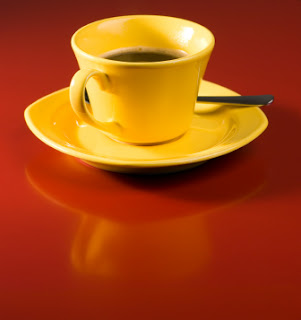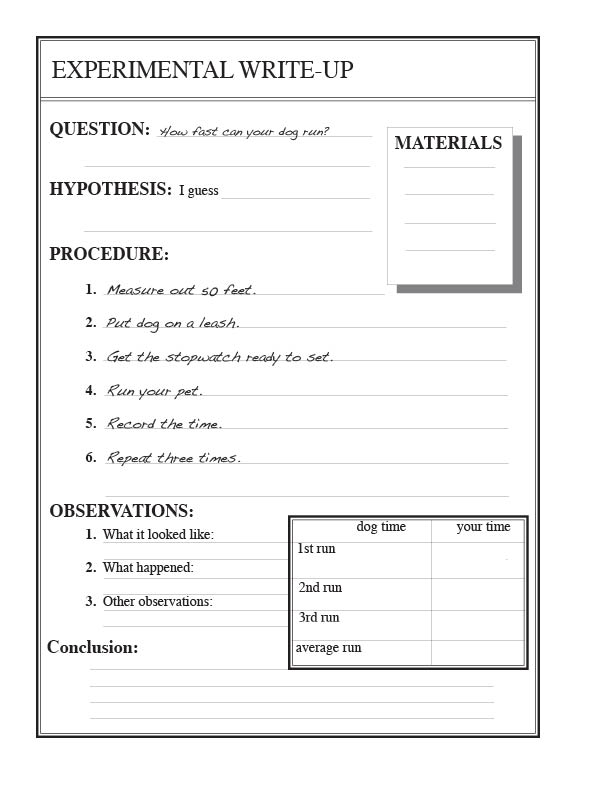Science is around us all the time. But we knew that, right? As you drink your morning coffee, consider this problem posed to my college calculus class years ago:
You have just poured yourself a hot cup of coffee and are about to add cream, cold from the refrigerator, when the telephone rings. Should you pour the cream before or after you answer the phone?
Simple, right? Our class was tasked to write a differential equation to describe the problem. My time-weakened and diaper-dulled brain couldn’t even begin to tackle the problem now, but it could prove an interesting discussion for your middle school through high school homeschoolers. Call it an opening bell attention gainer. It might need to be accompanied with an explanation of why you would answer the phone at all when the person calling could just as well text or e-mail and then the entire problem would be solved. But pretend for arguments’ sake you did have to get the phone.
Some questions that might come up: What is the temperature at which you prefer to drink the coffee? How hot is the coffee and how cold is the cream? How long will the phone conversation last? Once the cream is poured, how long will the coffee take to reach a drinkable temperature? What other factors might be present that would affect the cooling rate of the coffee? Ambient temperature of the room? Mass of the cup? Composition of the cup? On what surface is the cup sitting? Which factors will be most important in considering how fast the coffee will cool? Which factors will be least important? What if the cream started at room temperature? Would it help slow cooling to put the coffee cup in a smaller space? Is there a ceiling fan on? Are any of these questions red herrings?
Heat transfer is taking place between the coffee and the air, between the cream and the coffee, between the coffee-cream mixture and the cup, and between the cup and the counter. These transfers of heat are happening at different rates based on initial temperature of each, the mass or volume of each, and the temperature differential. These transfers of heat follow the Second Law of Thermodynamics in an attempt to reach thermal equilibrium. The Second Law of Thermodynamics states that entropy always increases. Entropy is a measure of the disorder of the thermodynamic system. Disorder increasing, energy dispersing, becoming distributed amongst other elements of the system. A hammer falls when you release it from shoulder height. A ball rolls downhill when you release it at the top of the hill. Coffee cools to room temperature. Heat transfers from hot to cold, always, and never the other way around unless work is injected into the equation, such as the forced heat transfer that happens in your refrigerator coils. Entropy always increases. (Lets save closed and open system discussions for that high school physics class)
Heat always moves from hot to cold. The hotter the hot body and the cooler the cool body, the faster the transfer will occur. If your coffee sat on the counter at room temperature, would any heat transfer be occurring? No, because thermal equilibrium has already been attained. This should shed some light on the question of when to add the cream. When you add the cream, you are reducing the initial temperature of the coffee and bringing it closer to room temperature right out of the gate. Know the answer yet?
The three basic forms of heat transfer are convection, conduction, and radiation. Convection is transfer by means of fluid flow, remembering that a fluid can mean a liquid or a gas. Conduction is transfer between atoms in contact with each other, remembering that this can be the top layer of molecules of coffee and the bottom layer of air molecules, or the first layer of the cup, and so out and so up and so forth.. Radiation is heat transfer by means of electromagnetic waves, in this case, the charged particles of the hot coffee producing thermal radiation. For this problem, the question can be asked how each of these processes are occurring, and how fast they are occurring, but these are incidental to answering the initial question of whether or not to add the cream before answering the phone.
Once you are done with your coffee, and your roundtable discussion of how fast it has cooled, you can answer the question of when to add the cream, and then watch this old video from the California Institute of Sciences, which Dr. Ross must have seen back in the day before he taught that differential equations class. Did you answer the problem correctly?




